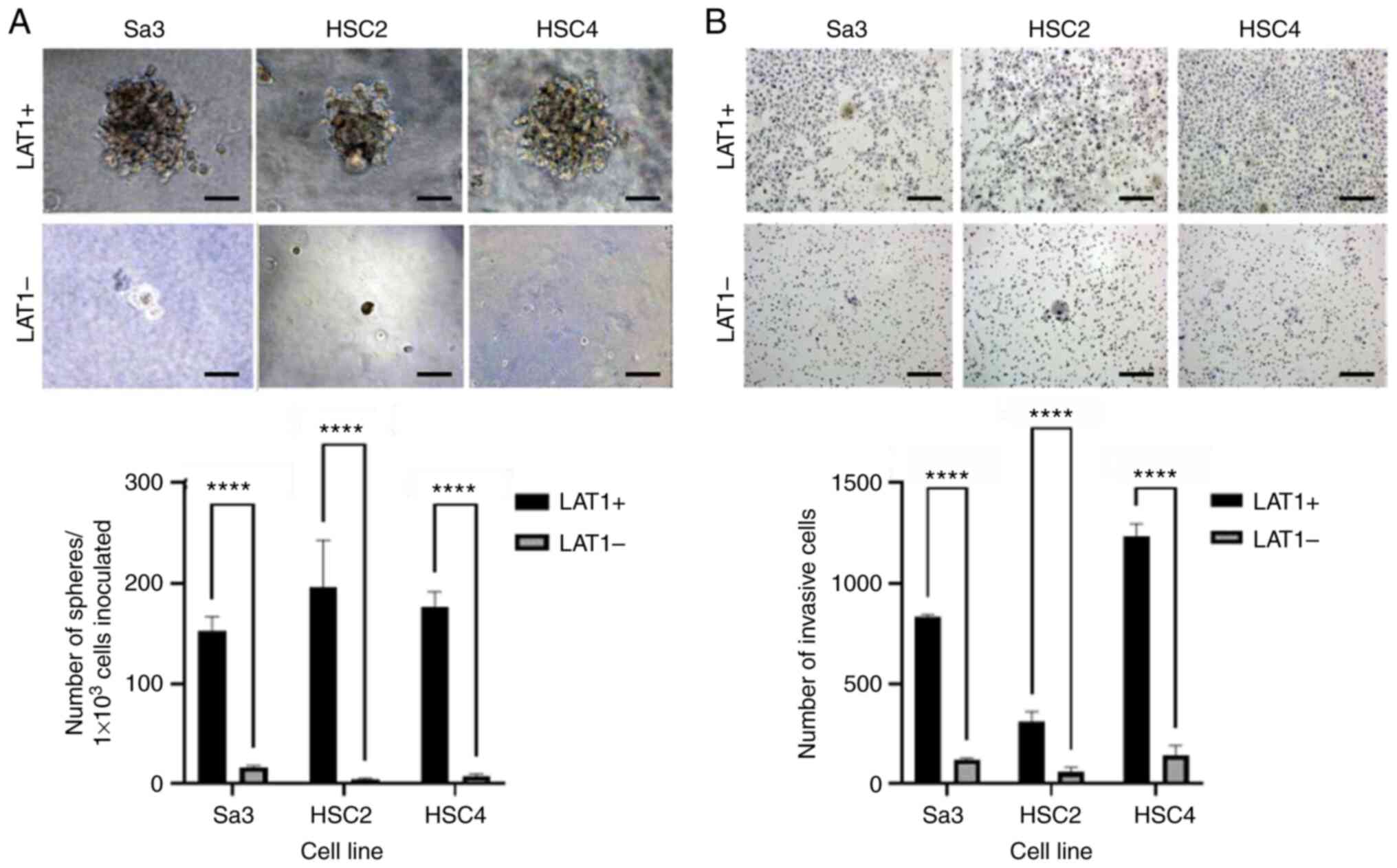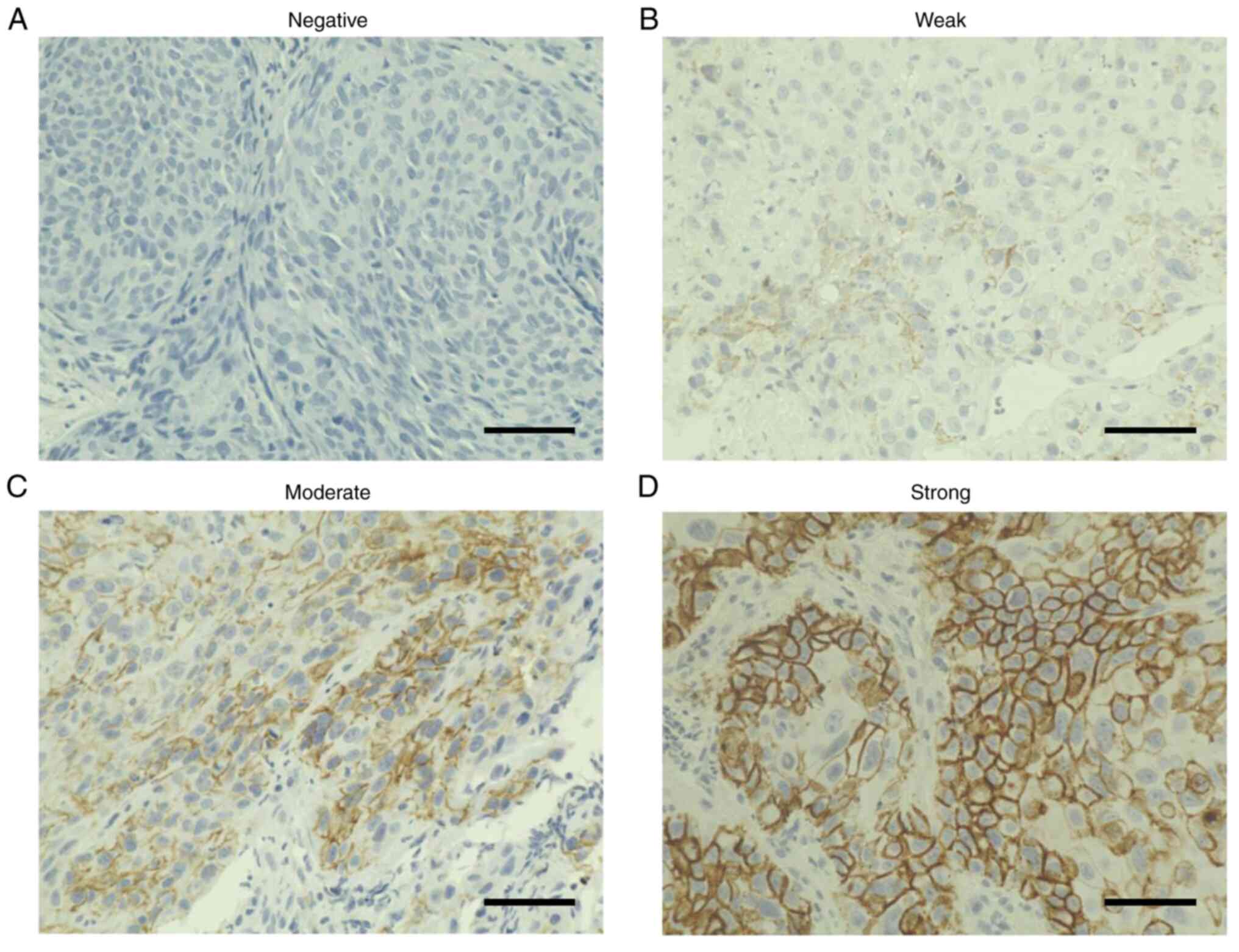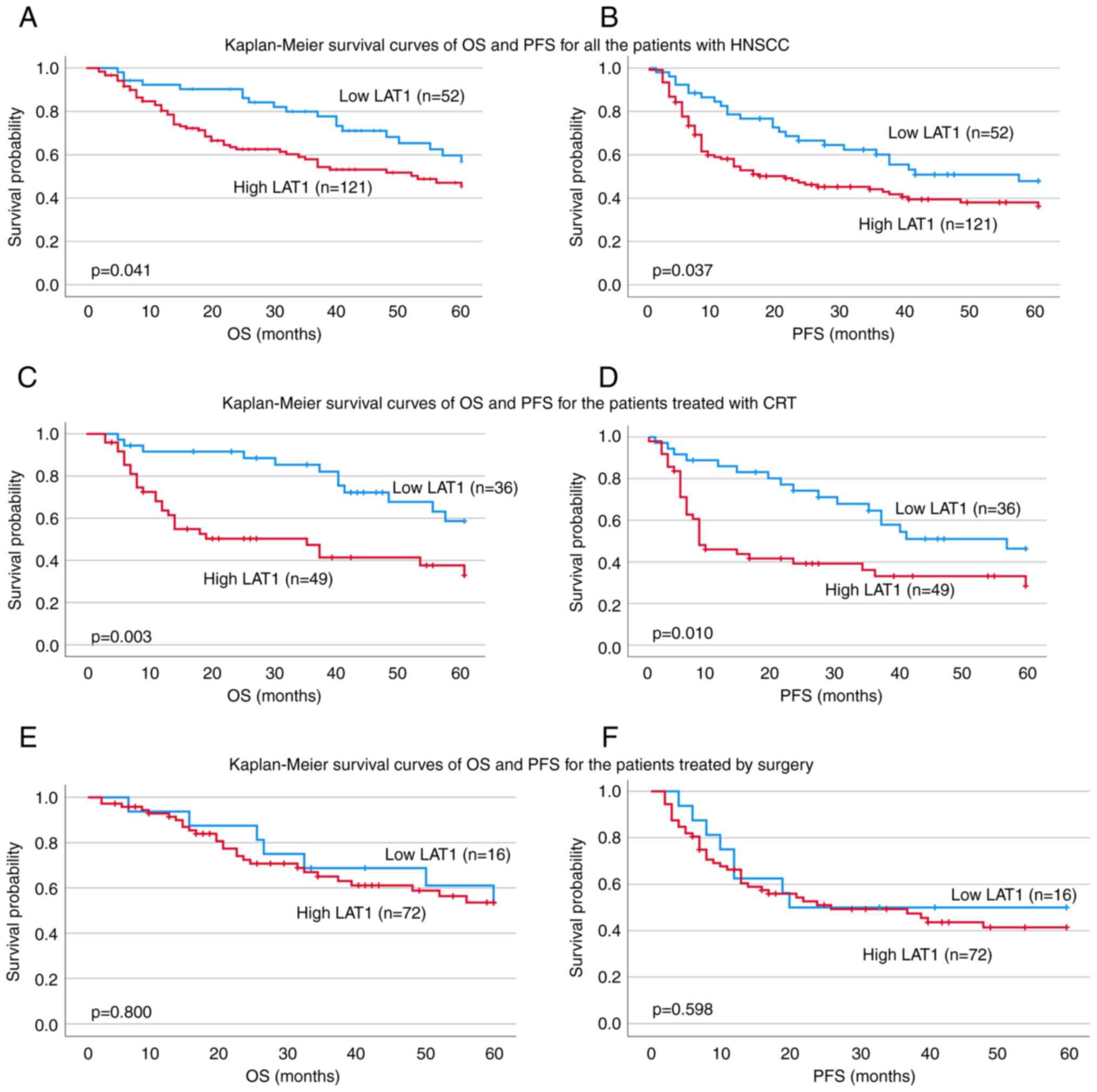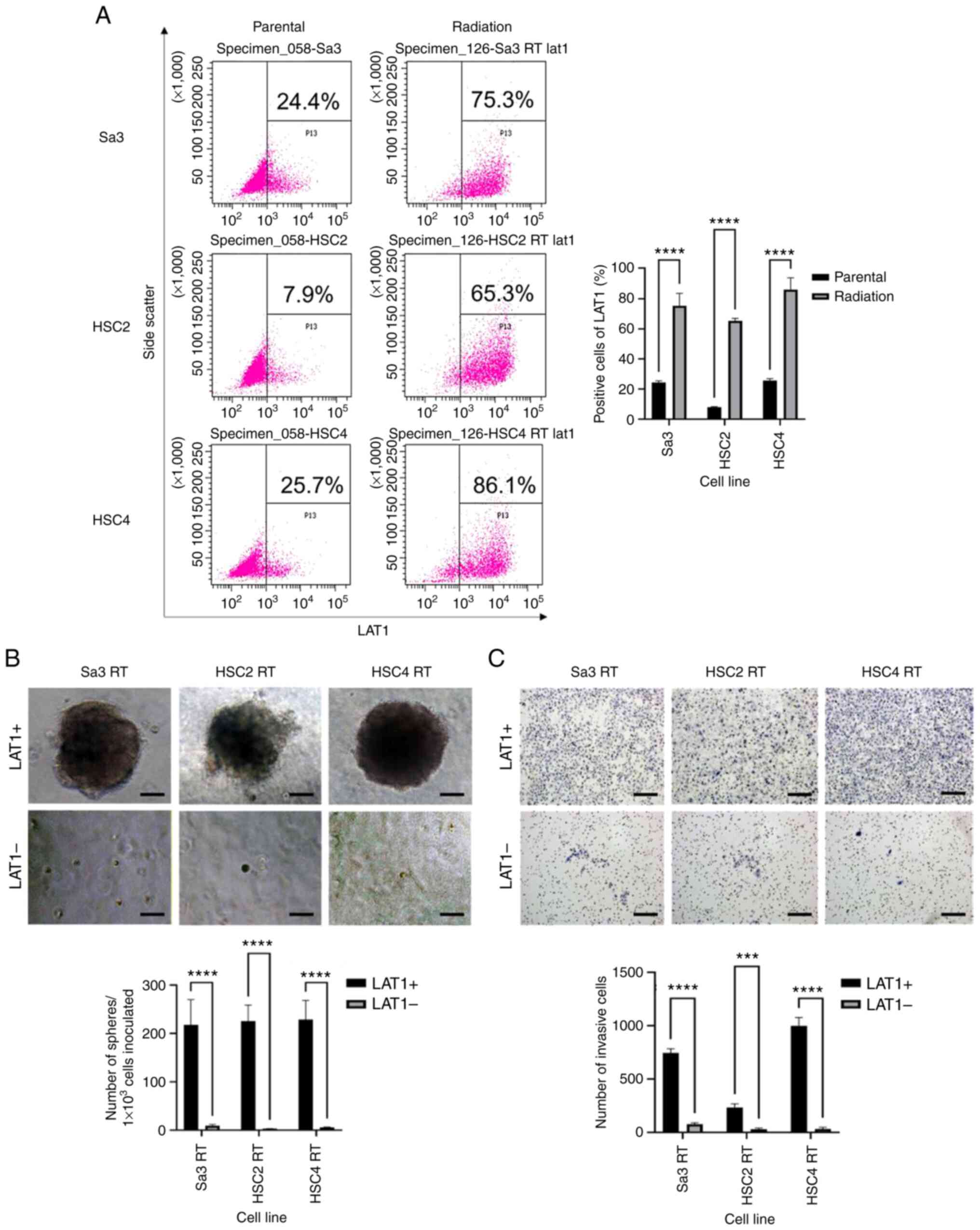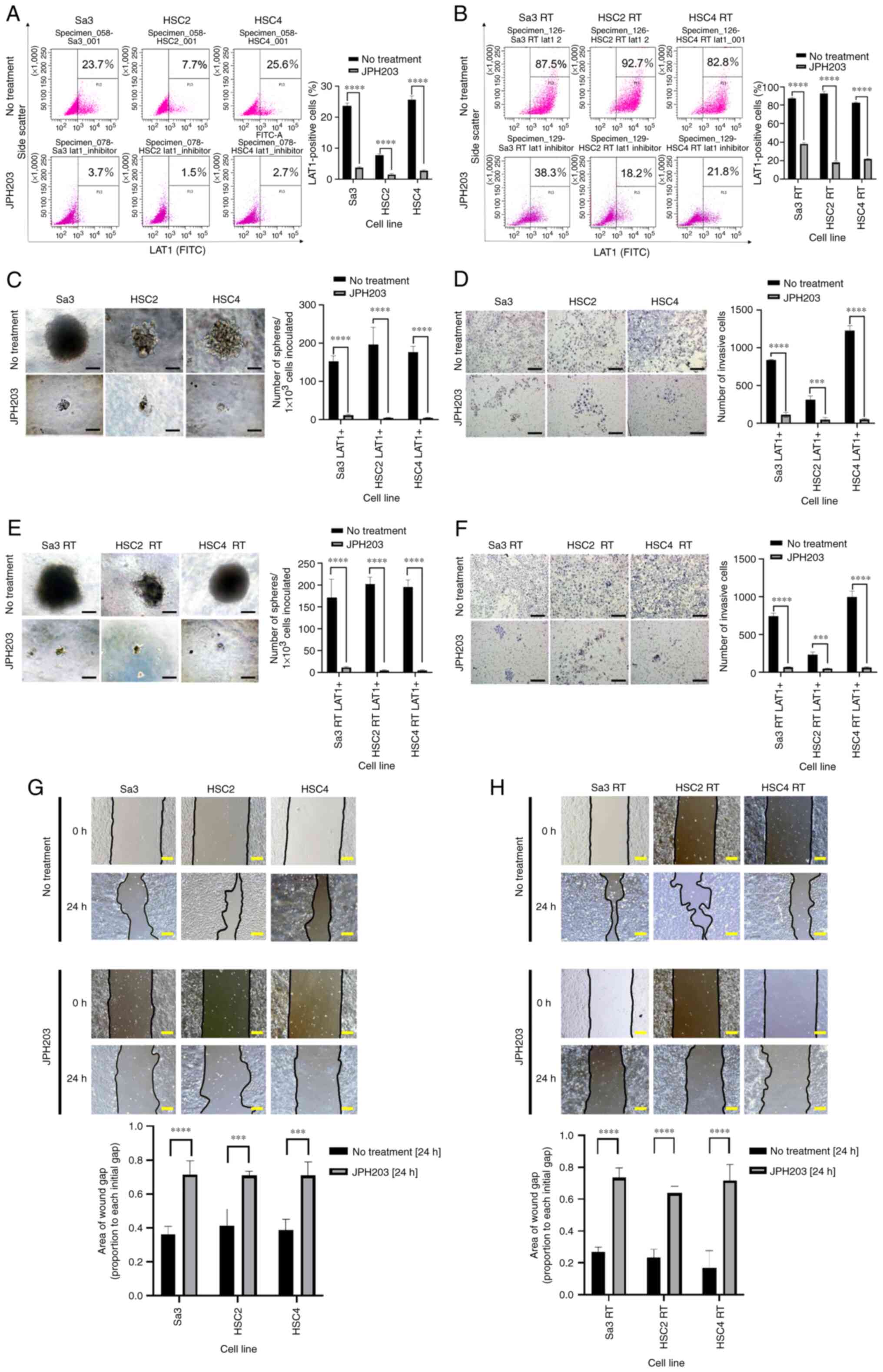|
1
|
Ferlay J, Soerjomataram I, Dikshit R, Eser
S, Mathers C, Rebelo M, Parkin DM, Forman D and Bray F: Cancer
incidence and mortality worldwide: Sources, methods and major
patterns in GLOBOCAN 2012. Int J Cancer. 136:E359–E386. 2015.
View Article : Google Scholar : PubMed/NCBI
|
|
2
|
Pignon JP, Le Maître A, Maillard E and
Bourhis J; MACH-NC Collaborative Group, : Meta-analysis of
chemotherapy in head and neck cancer (MACH-NC): An update on 93
randomised trials and 17,346 patients. Radiother Oncol. 92:4–14.
2009. View Article : Google Scholar : PubMed/NCBI
|
|
3
|
Begg AC: Predicting recurrence after
radiotherapy in head and neck cancer. Semin Radiat Oncol.
22:108–118. 2012. View Article : Google Scholar : PubMed/NCBI
|
|
4
|
Department of Veterans Affairs Laryngeal
Cancer Study Group, . Wolf GT, Fisher SG, Hong WK, Hillman R,
Spaulding M, Laramore GE, Endicott JW, McClatchey K and Henderson
WG: Induction chemotherapy plus radiation compared with surgery
plus radiation in patients with advanced laryngeal cancer. N Engl J
Med. 324:1685–1690. 1991. View Article : Google Scholar : PubMed/NCBI
|
|
5
|
Forastiere AA, Goepfert H, Maor M, Pajak
TF, Weber R, Morrison W, Glisson B, Trotti A, Ridge JA, Chao C, et
al: Concurrent chemotherapy and radiotherapy for organ preservation
in advanced laryngeal cancer. N Engl J Med. 349:2091–2098. 2003.
View Article : Google Scholar : PubMed/NCBI
|
|
6
|
Bernier J, Domenge C, Ozsahin M,
Matuszewska K, Lefèbvre JL, Greiner RH, Giralt J, Maingon P,
Rolland F, Bolla M, et al: Postoperative irradiation with or
without concomitant chemotherapy for locally advanced head and neck
cancer. N Engl J Med. 350:1945–1952. 2004. View Article : Google Scholar : PubMed/NCBI
|
|
7
|
Corvò R: Evidence-based radiation oncology
in head and neck squamous cell carcinoma. Radiother Oncol.
85:156–170. 2007. View Article : Google Scholar : PubMed/NCBI
|
|
8
|
Solomon B, Young RJ, Bressel M, Urban D,
Hendry S, Thai A, Angel C, Haddad A, Kowanetz M, Fua T, et al:
Prognostic significance of PD-L1+ and CD8+
immune cells in HPV+ oropharyngeal squamous cell
carcinoma. Cancer Immunol Res. 6:295–304. 2018. View Article : Google Scholar : PubMed/NCBI
|
|
9
|
Tumeh PC, Harview CL, Yearley JH, Shintaku
IP, Taylor EJ, Robert L, Chmielowski B, Spasic M, Henry G, Ciobanu
V, et al: PD-1 blockade induces responses by inhibiting adaptive
immune resistance. Nature. 515:568–571. 2014. View Article : Google Scholar : PubMed/NCBI
|
|
10
|
Dovedi SJ, Adlard AL, Lipowska-Bhalla G,
Mckenna C, Jones S, Cheadle EJ, Stratford IJ, Poon E, Morrow M,
Stewart R, et al: Acquired resistance to fractionated radiotherapy
can be overcome by concurrent PD-L1 blockade. Cancer Res.
74:5458–5468. 2014. View Article : Google Scholar : PubMed/NCBI
|
|
11
|
Kanai Y, Segawa H, Miyamoto Ki, Uchino H,
Takeda E and Endou H: Expression cloning and characterization of a
transporter for large neutral amino acids activated by the heavy
chain of 4F2 antigen (CD98). J Biol Chem. 273:23629–23632. 1998.
View Article : Google Scholar : PubMed/NCBI
|
|
12
|
Babu E, Kanai Y, Chairoungdua A, Kim DK,
Iribe Y, Tangtrongsup S, Jutabha P, Li Y, Ahmed N, Sakamoto S, et
al: Identification of a novel system L amino acid transporter
structurally distinct from heterodimeric amino acid transporters. J
Biol Chem. 278:43838–43845. 2003. View Article : Google Scholar : PubMed/NCBI
|
|
13
|
Utsunomiya-Tate N, Endou H and Kanai Y:
Cloning and functional characterization of a system ASC-like
Na+-dependent neutral amino acid transporter. J Biol Chem.
271:14883–14890. 1996. View Article : Google Scholar : PubMed/NCBI
|
|
14
|
Sloan JL and Mager S: Cloning and
functional expression of a human Na(+) and Cl(−)-dependent neutral
and cationic amino acid transporter B(0+). J Biol Chem.
274:23740–23745. 1999. View Article : Google Scholar : PubMed/NCBI
|
|
15
|
Sato H, Tamba M, Ishii T and Bannai S:
Cloning and expression of a plasma membrane cystine/glutamate
exchange transporter composed of two distinct proteins. J Biol
Chem. 274:11455–11458. 1999. View Article : Google Scholar : PubMed/NCBI
|
|
16
|
Lee Y, Wiriyasermkul P, Jin C, Quan L,
Ohgaki R, Okuda S, Kusakizako T, Nishizawa T, Oda K, Ishitani R, et
al: Cryo-EM structure of the human L-type amino acid transporter 1
in complex with glycoprotein CD98hc. Nat Struct Mol Biol.
26:510–517. 2019. View Article : Google Scholar : PubMed/NCBI
|
|
17
|
Nawashiro H, Otani N, Shinomiya N, Fukui
S, Ooigawa H, Shima K, Matsuo H, Kanai Y and Endou H: L-type amino
acid transporter 1 as a potential molecular target in human
astrocytic tumors. Int J Cancer. 119:484–492. 2006. View Article : Google Scholar : PubMed/NCBI
|
|
18
|
Kaira K, Oriuchi N, Imai H, Shimizu K,
Yanagitani N, Sunaga N, Hisada T, Tanaka S, Ishizuka T, Kanai Y, et
al: Prognostic significance of L-type amino acid transporter 1
expression in resectable stage I–III nonsmall cell lung cancer. Br
J Cancer. 98:742–748. 2008. View Article : Google Scholar : PubMed/NCBI
|
|
19
|
Kaira K, Oriuchi N, Shimizu K, Ishikita T,
Higuchi T, Imai H, Yanagitani N, Sunaga N, Hisada T, Ishizuka T, et
al: Evaluation of thoracic tumors with (18)F-FMT and (18)F-FDG
PET-CT: A clinicopathological study. Int J Cancer. 124:1152–1160.
2009. View Article : Google Scholar : PubMed/NCBI
|
|
20
|
Sakata T, Ferdous G, Tsuruta T, Satoh T,
Baba S, Muto T, Ueno A, Kanai Y, Endou H and Okayasu I: L-type
amino-acid transporter 1 as a novel biomarker for high-grade
malignancy in prostate cancer. Pathol Int. 59:7–18. 2009.
View Article : Google Scholar : PubMed/NCBI
|
|
21
|
Furuya M, Horiguchi J, Nakajima H, Kanai Y
and Oyama T: Correlation of L-type amino acid transporter 1 and
CD98 expression with triple negative breast cancer prognosis.
Cancer Sci. 103:382–389. 2012. View Article : Google Scholar : PubMed/NCBI
|
|
22
|
Kaira K, Sunose Y, Arakawa K, Ogawa T,
Sunaga N, Shimizu K, Tominaga H, Oriuchi N, Itoh H, Nagamori S, et
al: Prognostic significance of L-type amino-acid transporter 1
expression in surgically resected pancreatic cancer. Br J Cancer.
107:632–638. 2012. View Article : Google Scholar : PubMed/NCBI
|
|
23
|
Oda K, Hosoda N, Endo H, Saito K,
Tsujihara K, Yamamura M, Sakata T, Anzai N, Wempe MF, Kanai Y and
Endou H: L-type amino acid transporter 1 inhibitors inhibit tumor
cell growth. Cancer Sci. 101:173–179. 2010. View Article : Google Scholar : PubMed/NCBI
|
|
24
|
Kawasaki Y, Omori Y, Suzuki S and Yamada
T: CD98hc as a marker of radiotherapy-resistant cancer stem cells
in head and neck squamous cell carcinoma. Arch Med Sci. 2020.
View Article : Google Scholar
|
|
25
|
Rietbergen MM, Martens-De Kemp SR,
Bloemena E, Witte BI, Brink A, Baatenburg de Jong RJ, Leemans CR,
Braakhuis BJ and Brakenhoff RH: Cancer stem cell enrichment marker
CD98: A prognostic factor for survival in patients with human
papillomavirus-positive oropharyngeal cancer. Eur J Cancer.
50:765–773. 2014. View Article : Google Scholar : PubMed/NCBI
|
|
26
|
Choi DW, Kim DK, Kanai Y, Wempe MF, Endou
H and Kim JK: JPH203, a selective L-type amino acid transporter 1
inhibitor, induces mitochondria-dependent apoptosis in Saos2 human
osteosarcoma cells. Korean J Physiol Pharmacol. 21:599–607. 2017.
View Article : Google Scholar : PubMed/NCBI
|
|
27
|
Brierley JD, Gospodarowicz MK and
Wittekind C: TNM classification of malignant tumours. 8th edition.
Wiley Blackwell; Oxford: pp. 17–54. 2017
|
|
28
|
Digomann D, Kurth I, Tyutyunnykova A, Chen
O, Löck S, Gorodetska I, Peitzsch C, Skvortsova II, Negro G,
Aschenbrenner B, et al: The CD98 heavy chain is a marker and
regulator of head and neck squamous cell carcinoma
radiosensitivity. Clin Cancer Res. 25:3152–3163. 2019. View Article : Google Scholar : PubMed/NCBI
|
|
29
|
Martens-De Kemp SR, Brink A, Stigter-Van
Walsum M, Damen JM, Rustenburg F, Wu T, van Wieringen WN,
Schuurhuis GJ, Braakhuis BJ, Slijper M and Brakenhoff RH: CD98
marks a subpopulation of head and neck squamous cell carcinoma
cells with stem cell properties. Stem Cell Res. 10:477–488. 2013.
View Article : Google Scholar : PubMed/NCBI
|
|
30
|
Kawasaki Y, Omori Y, Li Q, Nishikawa Y,
Yoshioka T, Yoshida M, Ishikawa K and Enomoto K: Cytoplasmic
accumulation of connexin32 expands cancer stem cell population in
human HuH7 hepatoma cells by enhancing its self-renewal. Int J
Cancer. 128:51–62. 2011. View Article : Google Scholar : PubMed/NCBI
|
|
31
|
Luo W, Zhang H, Zhang Y, Liang P, Wang X,
Ma J, Tan D, Tan Y, Song J, Ji P and Zhao T: L-type amino acid
transporter 1 promotes proliferation and invasion of human
chorionic trophoblast and choriocarcinoma cells through mTORC1. Am
J Transl Res. 12:6665–6681. 2020.PubMed/NCBI
|
|
32
|
Toyoda M, Kaira K, Ohshima Y, Ishioka NS,
Shino M, Sakakura K, Takayasu Y, Takahashi K, Tominaga H, Oriuchi
N, et al: Prognostic significance of amino-acid transporter
expression (LAT1, ASCT2, and xCT) in surgically resected tongue
cancer. Br J Cancer. 110:2506–2513. 2014. View Article : Google Scholar : PubMed/NCBI
|
|
33
|
So YK, Byeon SJ, Ku BM, Ko YH, Ahn MJ, Son
YI and Chung MK: An increase of CD8+ T cell infiltration
following recurrence is a good prognosticator in HNSCC. Sci Rep.
10:200592020. View Article : Google Scholar : PubMed/NCBI
|
|
34
|
Kawasaki Y, Omori Y and Yamada T:
Increased expression of CD44v9, a cancer stem cell marker, in head
and neck squamous cell carcinoma cells after irradiation. Int J
Cancer Oncol. 4:225–230. 2017.
|
|
35
|
Cormerais Y, Pagnuzzi-Boncompagni M,
Schrötter S, Giuliano S, Tambutté E, Endou H, Wempe MF, Pagès G,
Pouysségur J and Picco V: Inhibition of the amino-acid transporter
LAT1 demonstrates anti-neoplastic activity in medulloblastoma. J
Cell Mol Med. 23:2711–2718. 2019. View Article : Google Scholar : PubMed/NCBI
|
|
36
|
Wiriyasermkul P, Nagamori S, Tominaga H,
Oriuchi N, Kaira K, Nakao H, Kitashoji T, Ohgaki R, Tanaka H, Endou
H, et al: Transport of 3-fluoro-L-α-methyl-tyrosine by
tumor-upregulated L-type amino acid transporter 1: A cause of the
tumor uptake in PET. J Nucl Med. 53:1253–1261. 2012. View Article : Google Scholar : PubMed/NCBI
|















